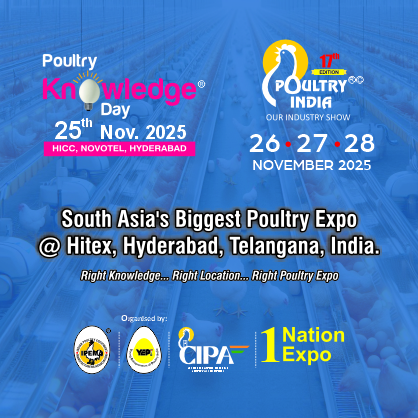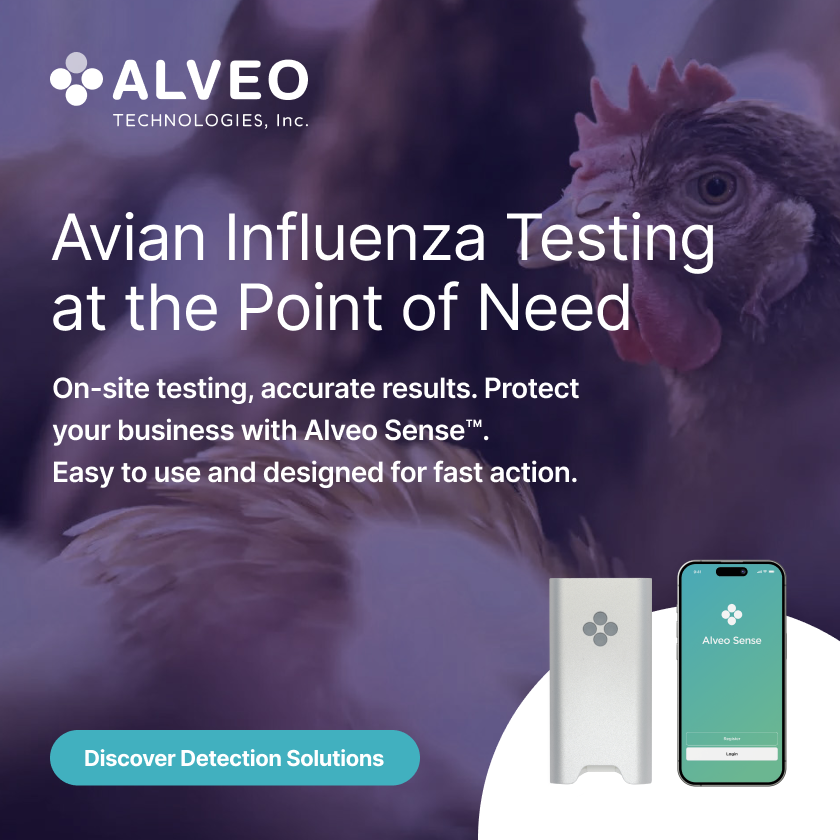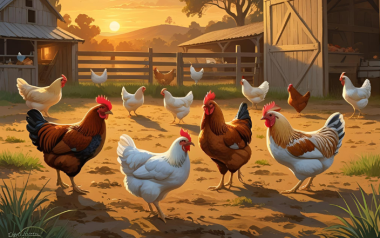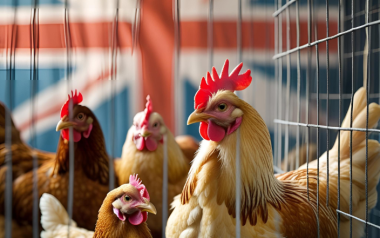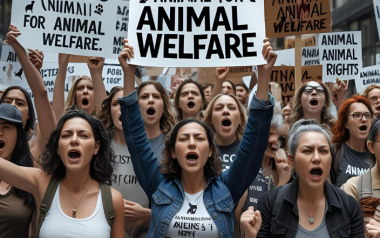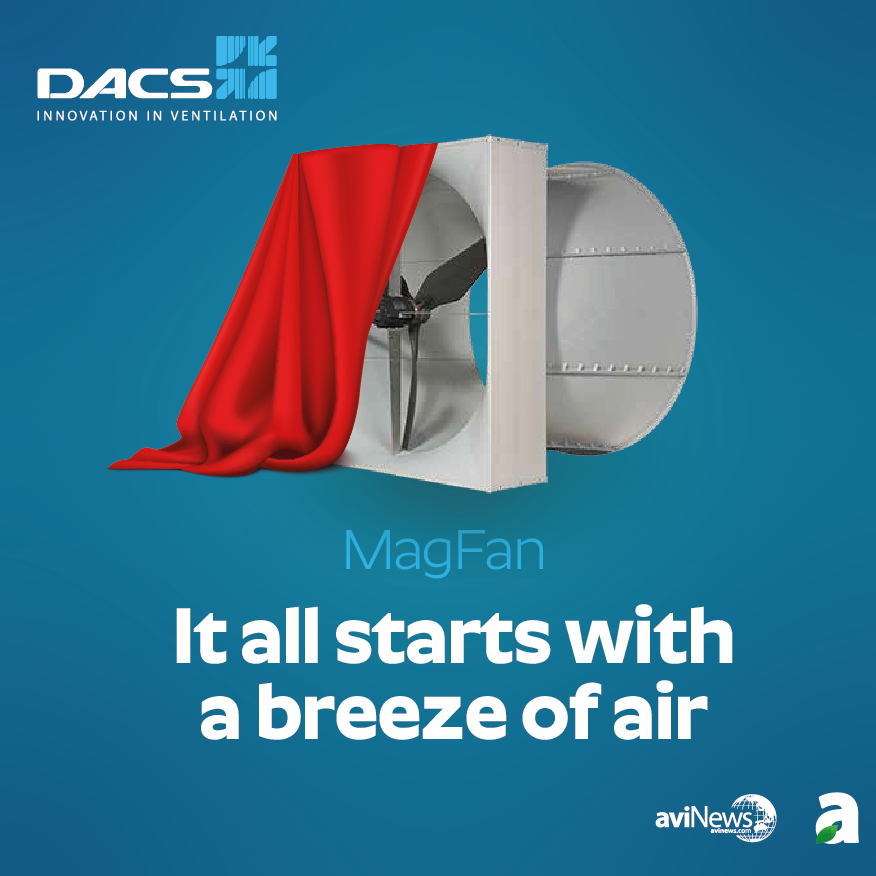PHOTOPERIOD
15 Jul 2020
Environmental vision and lighting needs of broilers
Content available at: Español (Spanish) PHOTOPERIOD We could define photoperiod as the part of the day (in hours) that the […]
Available in other languages:
Content available at:
Español (Spanish)
We could define photoperiod as the part of the day (in hours) that the animal stays in an illuminated area. This includes natural light (between sunrise and sunset) that filters through the openings (windows or air inlets), to the one provided by artificial lighting systems.
The photoperiod can be greater or less than the natural photoperiod, which in Spain (based on the city of Madrid, AEMET 2016) ranges from 15 hours in June to 9 hours in December.
Studies were carried out 
Photoperiod greater than the natural lighting is easily achievable, as long as we use the daytime phase as a natural base, supplementing light at night and using the natural 24-hour light-dark cycle, also taking advantage of the natural daytime to carry out the daily tasks in the areas occupied by the birds.
In case of using short photoperiods, or not taking advantage of the natural light, its implementation becomes more complicated, as it requires to check the proper sealing of the shed, including ventilation openings, fan holes, windows, doors, etc., in order to achieve complete darkness with a maximum illumination intensity of 0.4 lux at the height of the birds.
The applicable legislation is Directive 2007/43 / EC, incorporated into Spanish legislation by Royal Decree 692/2010, which establishes the minimum standards for the protection of chickens destined for meat production, which in Annex I , mentions:

All accommodations must have a lighting with a minimum intensity of 20 lux during periods of natural light, measured at the height of the birds’ eyes, and that illuminates at least 80 percent of the usable area. If necessary, a temporary reduction in the lighting level may be authorized by veterinarians.
Within seven days from the time the chicks are housed and up to three days before the scheduled slaughter, the lighting should follow a 24-hour rhythm and include periods of darkness of a minimum of 6 hours in total, with a minimum period of uninterrupted darkness of 4 hours, excluding periods of twilight.
Taking into account the European regulations cited on the previous page and the published studies, the photoperiod to be applied to broiler farms would be:

POPULATION DENSITY
CHICKEN / DRINKERS RATIO, SLAUGHTER AGE
PERCENTAGE OF ROASTING CHICKENS (FROM THINNING PROCESS)
FLOCK THINNING PROCESS (TO MAINTAIN LEGAL DENSITY LIMITS)
FINAL WEIGHT (GREATER OR LESS THAN 3 KILOS)
FEED COST AND TYPE
BREAST / THIGH PRICE RATIO
ACCEPTABLE STANDARDS OF SKIN SCRATCHES AND LEG ISSUES (PODODERMATITIS)
Fig 1. Production factors that affect the lighting plan of sheds
Based on the different production factors of each company, different action plans are defined for different scenarios
Likewise, there are several points that we have not taken into account with respect to the preparation of the previous photoperiod:
Many experts recommend not to cause additional stress to the chickens by turning the lights on or off abruptly, but by doing so gradually over time until it reaches the illuminance of twilight (3.0 to 0.5 lux).
The same applies for re-ignition, which allows the chickens to remain in a dimmed state, adapting to the lighting more smoothly.
The phase of attenuated lighting (twilight), according to legislation, must be considered as belonging to the photoperiod and not the rest period.
TO CONTINUE READING REGISTER IT IS COMPLETELY FREE
Access to articles in PDF
Keep up to date with our newsletters
Receive the magazine for free in digital version
REGISTRATION
ACCESS
YOUR ACCOUNT
LOGIN
Lost your password?




